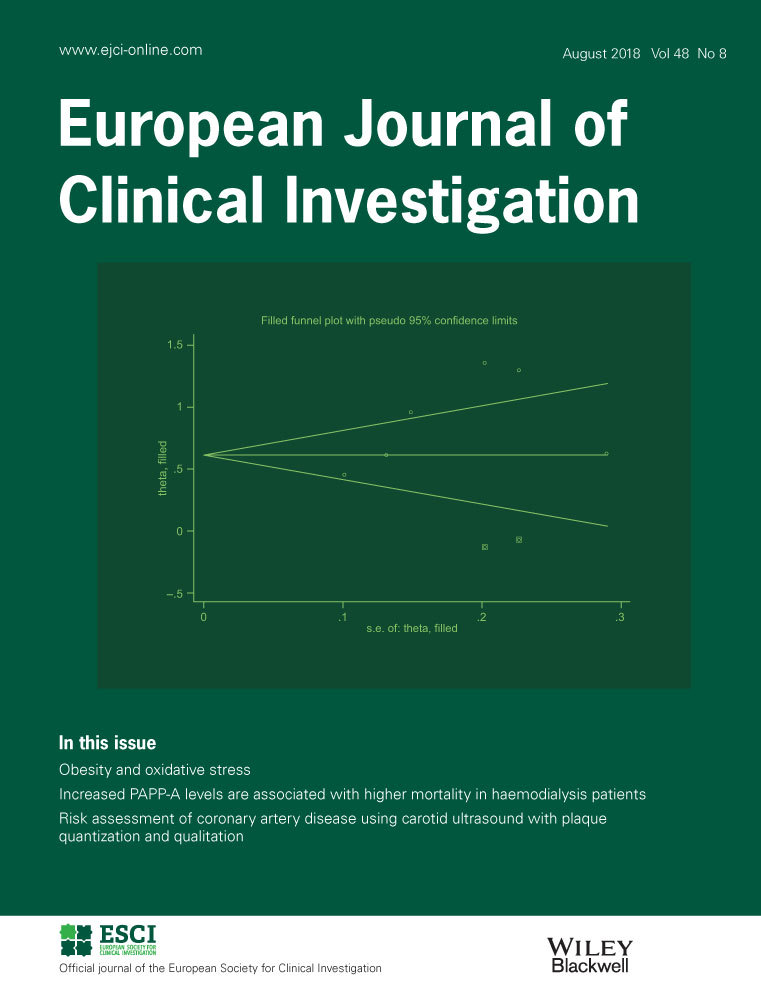Evolving concepts of low-density lipoprotein: From structure to function
Abstract
Background
Low-density lipoprotein (LDL) is a central player in atherogenesis and has long been referred to as ‘bad cholesterol.’ However, emerging evidence indicates that LDL functions in multifaceted ways beyond cholesterol transport that include roles in inflammation, immunity, and cellular signaling. Understanding LDL's structure, metabolism and function is essential for advancing cardiovascular disease research and therapeutic strategies.
Methods
This narrative review examines the history, structural properties, metabolism and functions of LDL in cardiovascular health and disease. We analyze key milestones in LDL research, from its early identification to recent advancements in molecular biology and omics-based investigations. Structural and functional insights are explored through imaging, proteomic analyses and lipidomic profiling, providing a deeper understanding of LDL heterogeneity.
Results
Low-density lipoprotein metabolism, from biosynthesis to receptor-mediated clearance, plays a crucial role in lipid homeostasis and atherogenesis. Beyond cholesterol transport, LDL contributes to plaque inflammation, modulates adaptive immunity and regulates cellular signaling pathways. Structural studies reveal its heterogeneous composition, which influences its pathogenic potential. Evolving perspectives on LDL redefine its clinical significance, affecting cardiovascular risk assessment and therapeutic interventions.
Conclusions
A holistic understanding of LDL biology challenges traditional perspectives and underscores its complexity in cardiovascular health. Future research should focus on further elucidating LDL's structural and functional diversity to refine risk prediction models and therapeutic strategies, ultimately improving cardiovascular outcomes.


 求助内容:
求助内容: 应助结果提醒方式:
应助结果提醒方式:


